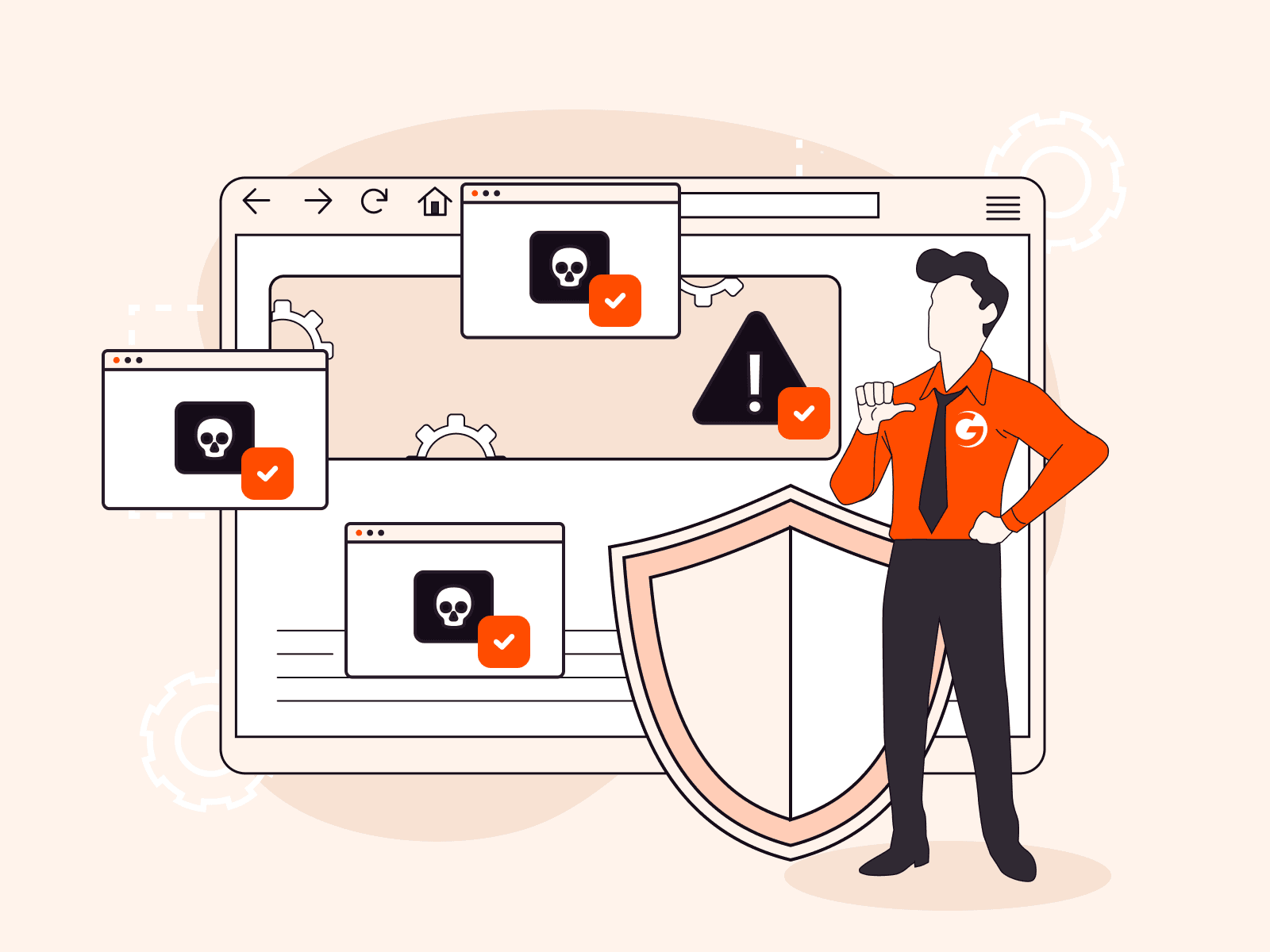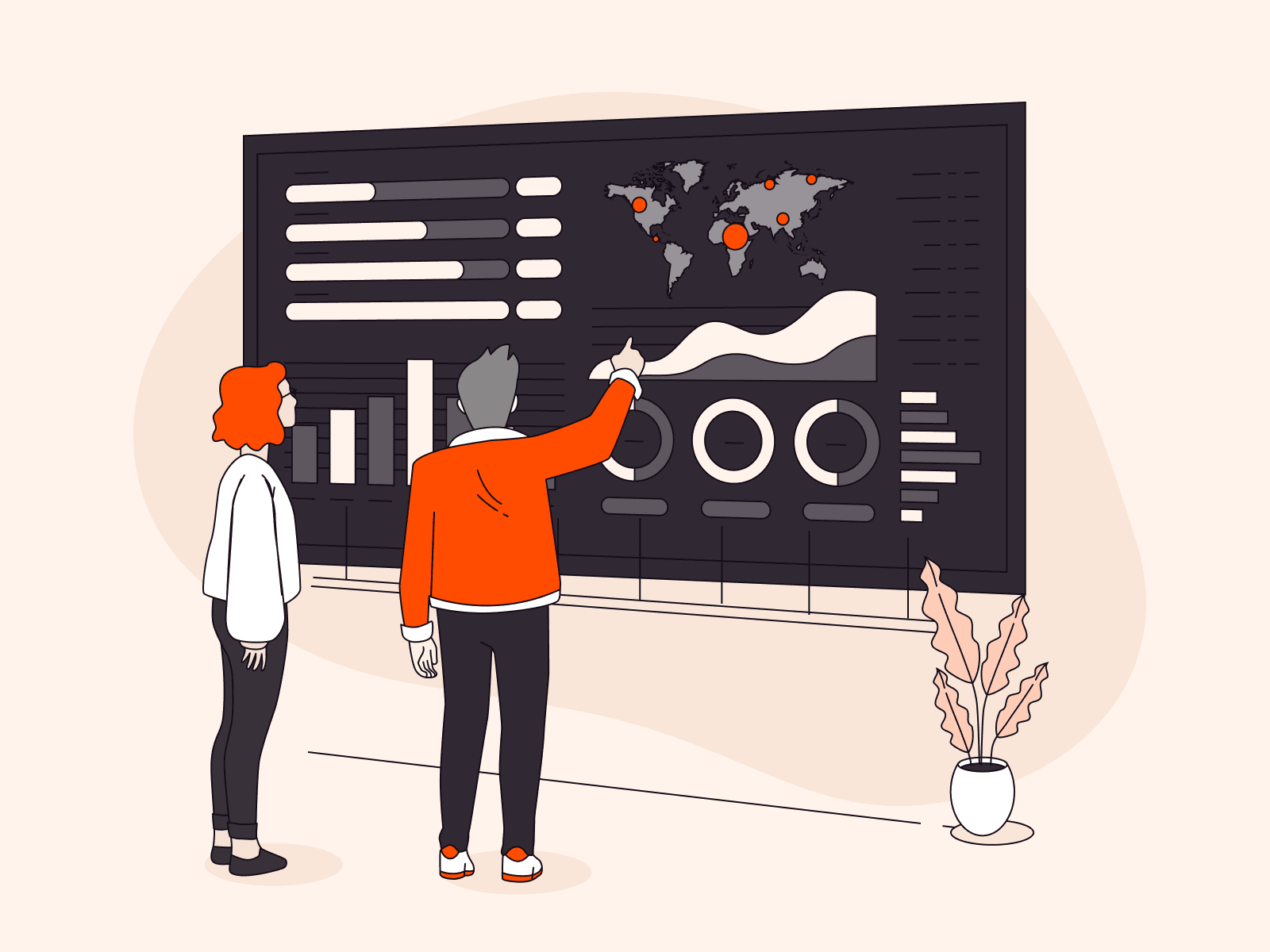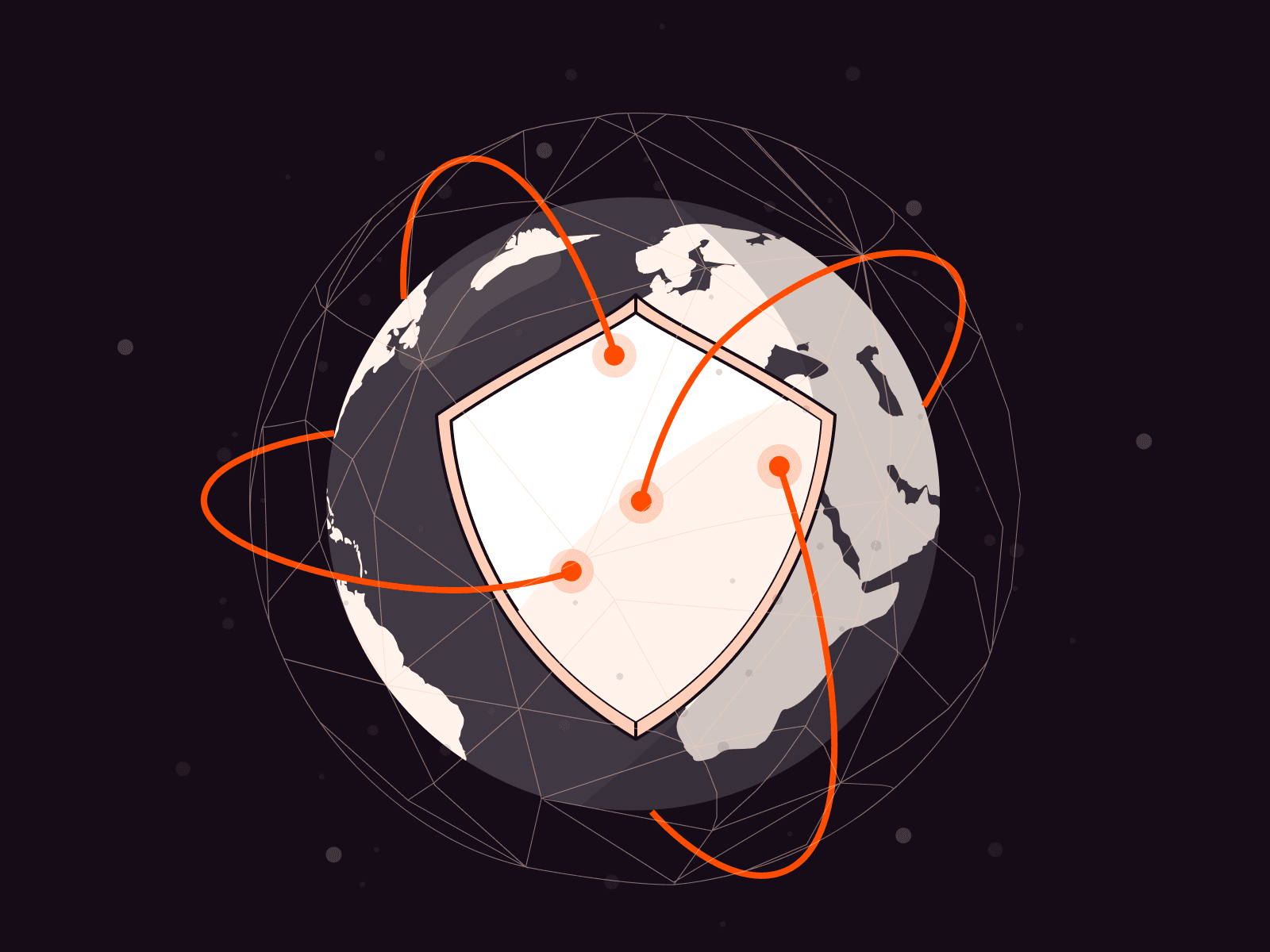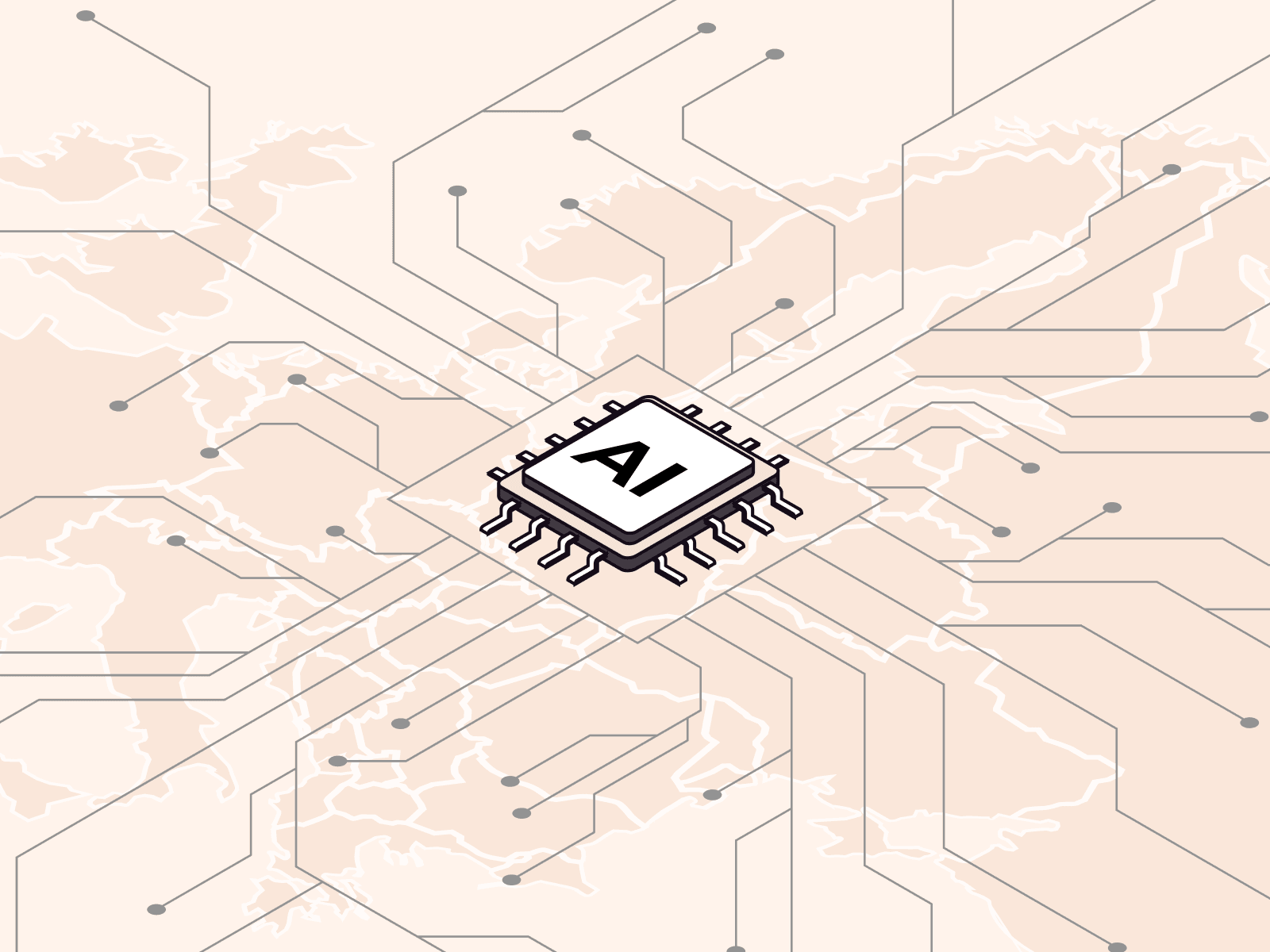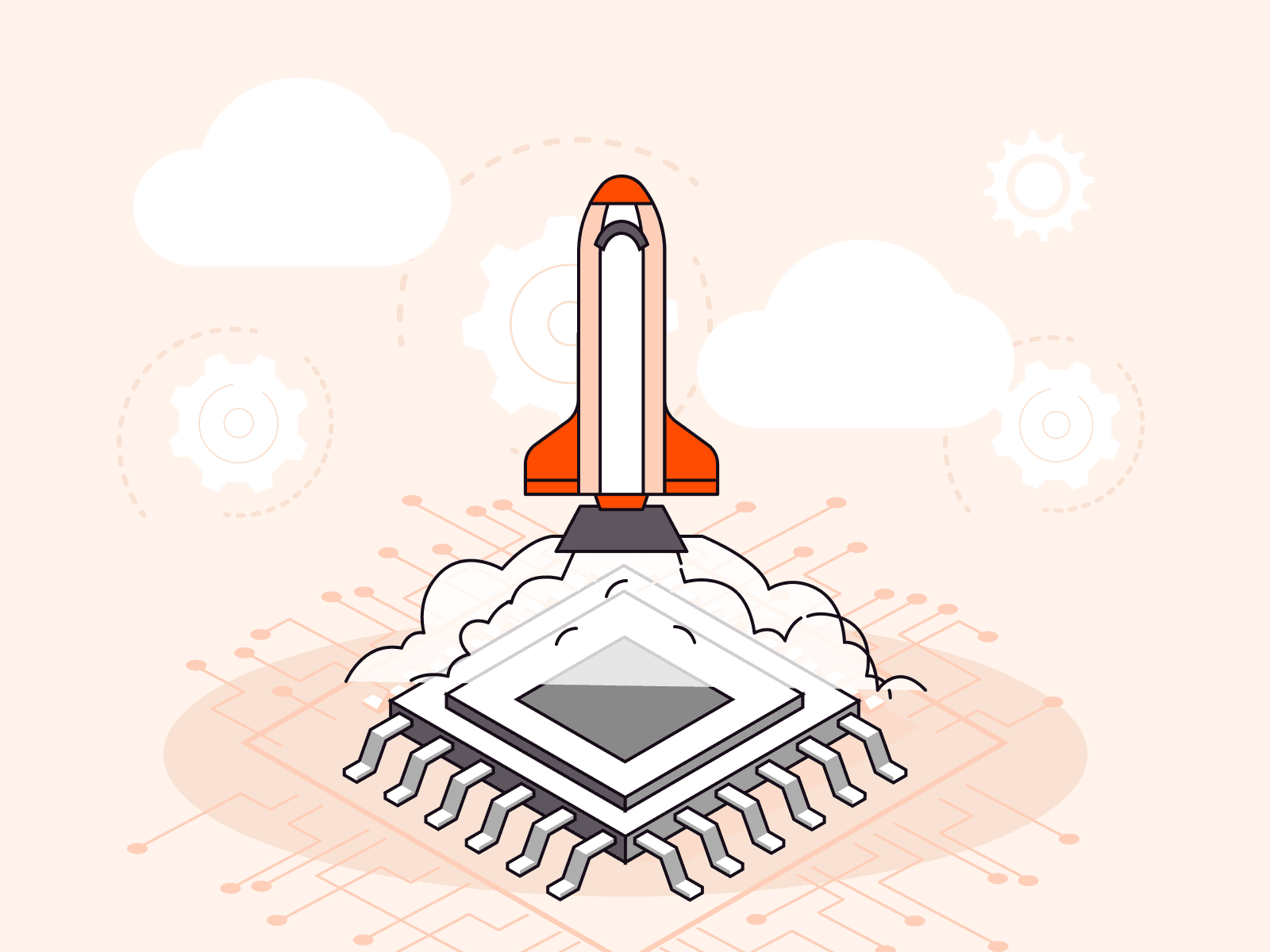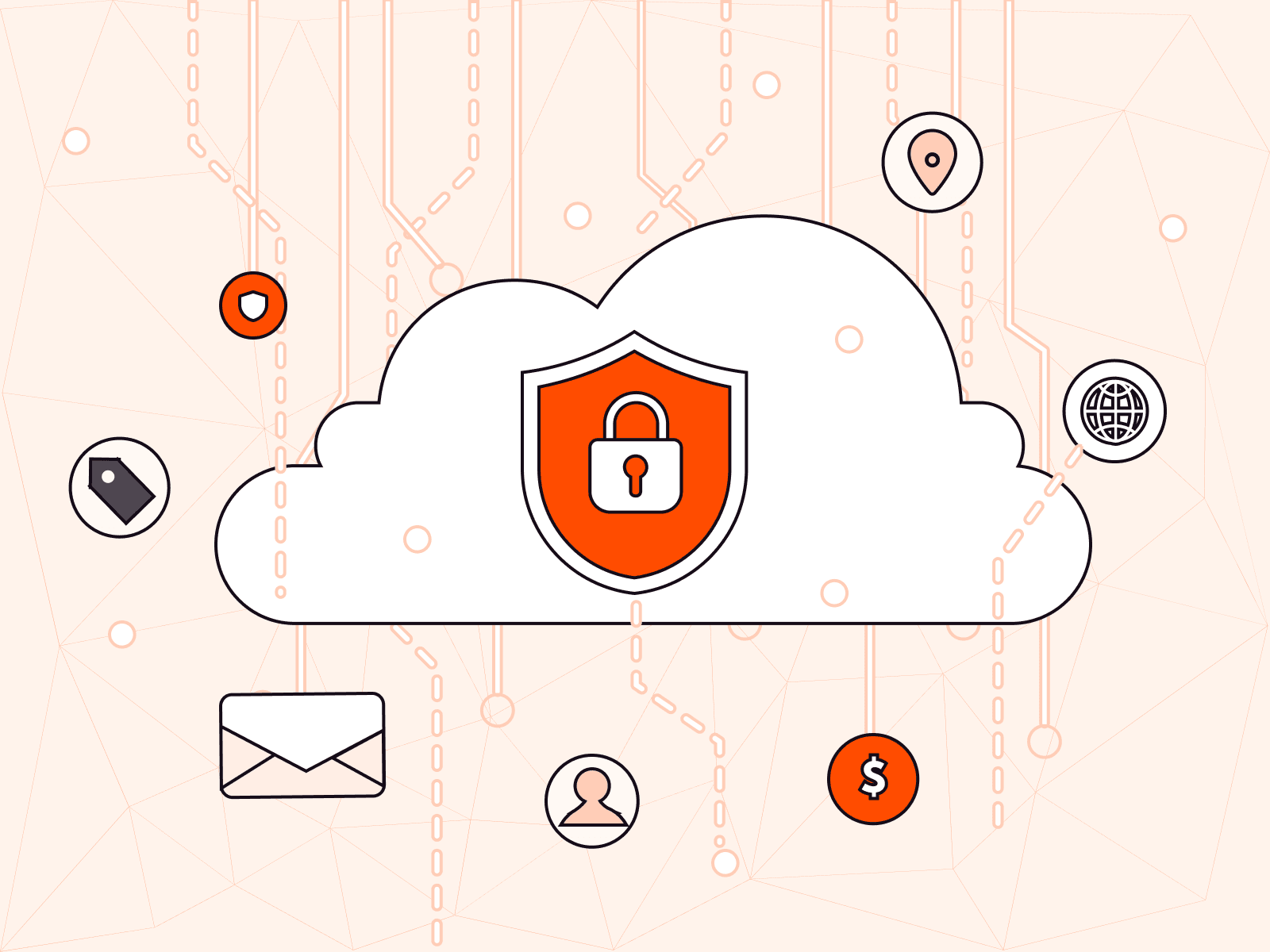DDoS Attack Trends for Q1–Q2 2024: Insights from Gcore Radar Report
- August 14, 2024
- 2 min read

Staying ahead of evolving trends in DDoS (distributed denial-of-service) attacks is essential for maintaining robust cybersecurity defenses. Unless you know what threats are out there and how they’re changing, it’s impossible to assess your business’ security posture and make informed provider choices.
The Gcore Radar Report for the first half of 2024 offers the latest in-depth insights into DDoS attack trends, highlighting significant changes in attack patterns and the broader threat environment. This article gives you a sneak peek of the report’s key findings.
Exponential Threat Growth: Huge Increase in Number of Attacks
The first half of 2024 saw a substantial increase in the number of DDoS attacks. The number of attacks surged by 46% compared to the same period in 2023, with a total of 445,000 incidents recorded in Q2 2024 alone. This also represents a 34% increase compared to the previous six months (Q3–Q4 2023).

Attack Power Continues to Rise
In terms of attack power, the most powerful attack reached 1.7 Tbps in H1 2024, slightly up from the 1.6 Tbps recorded in 2023. Although this 0.1 Tbps increase might seem modest, it signals a continued upward trend in the scale of potential threats. For context, one terabit per second (Tbps) represents an enormous data flow, equivalent to more than 212,000 high-definition video streams being transmitted simultaneously. Given that even a 300 Gbps attack can severely impact an unprotected server—resulting in lost reputation, customer loyalty, and revenue—any increase in attack capacity is noteworthy.
Andrey Slastenov, Head of Security Department at Gcore, explains, “We should not be fooled by the rise of only 0.1 Tbps in the first half of this year, given that a mere 300 Gbps attack will take an unprotected server offline in seconds. The payload of any attack measured in terabits per second is immense, and any rise in attack potency, no matter how small, can have serious repercussions at these levels.”
New Industries Hit Hard by DDoS Attacks
The gaming and gambling sector continues to bear the brunt of DDoS attacks, accounting for 49% of the total incidents in H1 2024. The high-stakes, competitive nature of online gaming makes it particularly susceptible to such disruptions.

The technology industry experienced a significant rise in attacks, doubling to 15% of the total. Technology providers host critical services such as servers, storage, and networking resources, making them vital to the operations of many industries. Consequently, disruptions in this sector can have far-reaching impacts.
Financial services (12%), telecom (10%), and e-commerce (7%) also faced substantial attack volumes. Each of these sectors presents lucrative targets because of their reliance on uninterrupted services and real-time data processing.
Sophisticated and Customized Attacks
While most (>85%) DDoS attacks are brief, lasting under ten minutes, their frequency and intensity can still cause significant operational disruptions. The longest attack observed in H1 2024 lasted 16 hours, underscoring the need for robust and adaptive mitigation strategies.
We’re seeing a growing trend towards personalized attacks, where perpetrators tailor their methods to exploit specific vulnerabilities within targeted industries. In the gaming sector, these attacks often aim to degrade specific servers, forcing users to switch to competitors.
Moving Forward: Gcore’s Role in DDoS Protection
The persistent and evolving threat of DDoS attacks underscores the need for global collaboration and intelligence sharing to swiftly mitigate these risks. As attack methods become more sophisticated and targeted, organizations must adopt a proactive stance in their defense strategies.
With a vast network capacity and global reach, we offer comprehensive DDoS mitigation via Gcore DDoS Protection, ensuring business continuity and security across industries vulnerable to these cyber threats.
For a deeper dive into the data and trends, including breakdowns between network- and application-layer attacks, download the full Gcore Radar Report.
Related articles
Subscribe to our newsletter
Get the latest industry trends, exclusive insights, and Gcore updates delivered straight to your inbox.

